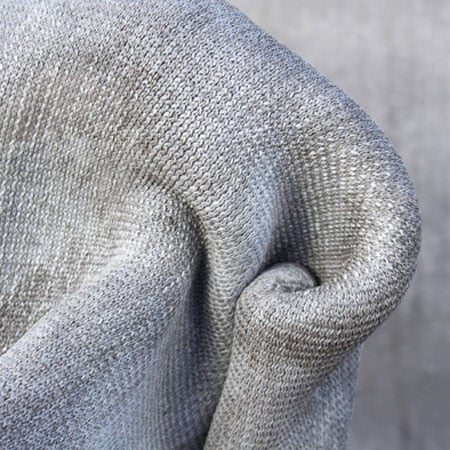
Concrete Cloth by Concrete Canvas
UK company Concrete Canvas have been awarded Material of the Year 2009 by materials consultancy Material ConneXion for their cement-impregnated fabric.
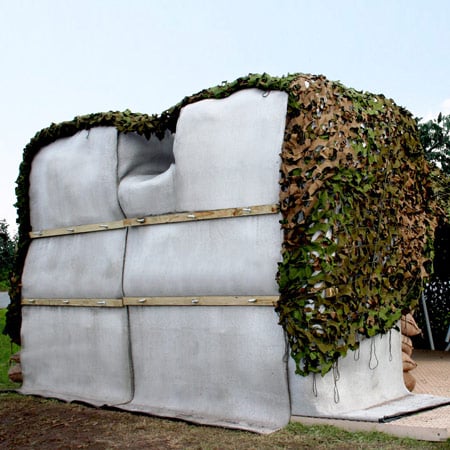
Called Concrete Cloth, the material consists of cement layered between fabric that can bond with water, backed with PVC.
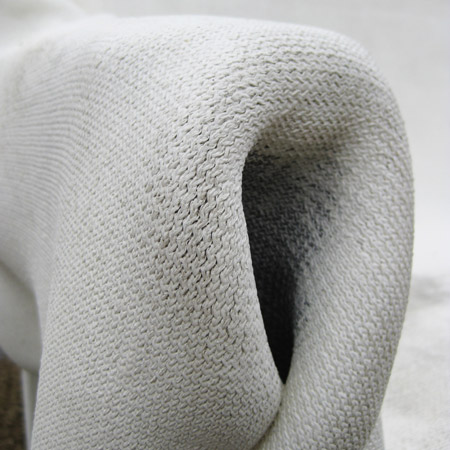
The product can be formed into the required shape then allowed to absorb water, causing it to set after two hours.
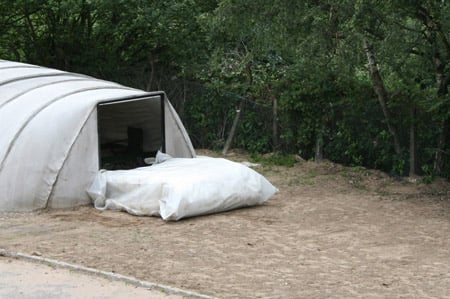
The material can be used structurally and is fireproof and waterproof. The designers hope it will have applications in disaster relief, military and commercial environments.
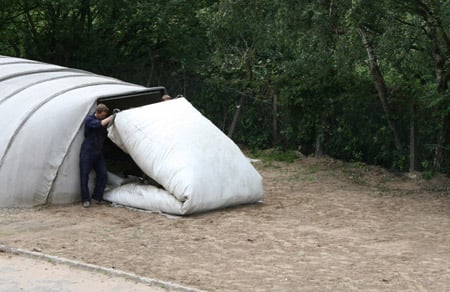
Here's some text from Material ConneXion:
--
New York, NY, November 23, 2009 - Global materials consultancy Material ConneXion announced today the launch of its first annual MEDIUM Award for Material of the Year, naming UK-based company Concrete Canvas's Concrete Cloth as the inaugural winner.
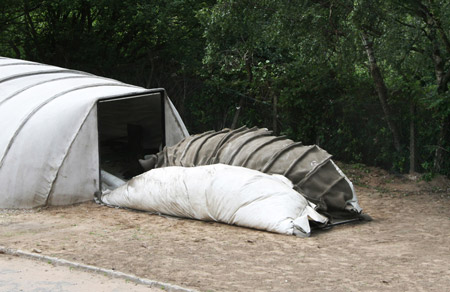
The award recognizes materials juried into the company's Materials Library within the past year that demonstrate outstanding technological innovation and the potential to make a significant contribution to the advancement of design, industry, society and economy.

“The MEDIUM Award for Material of the Year is an opportunity to celebrate the extraordinary breadth and scope of materials innovation today,” says George M. Beylerian, Founder & CEO of Material ConneXion. “The winner is distinguished not only for its technical ability, but for its capacity to make a lasting impact on our lives.”
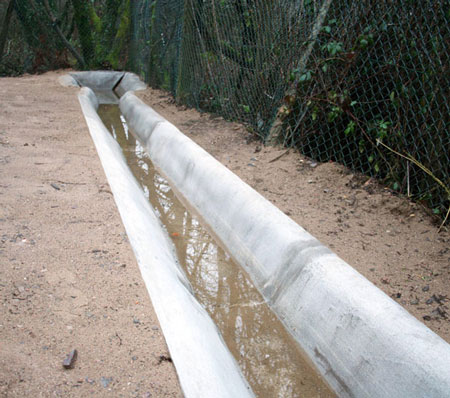
Concrete Cloth's groundbreaking cement impregnated flexible fabric technology, which allows it to be quickly and easily molded and set into shapes, is a natural choice for 2009's winner. “With the simple addition of water, Concrete Cloth makes it possible to create safe, durable, non-combustible structures for a wide range of commercial, military and humanitarian uses,” says Dr. Andrew H. Dent, Vice President, Library & Materials Research at Material ConneXion. “This innovation is especially remarkable for enabling the construction of rapidly deployable shelter and food storage structures in disaster relief situations,” Dent adds.